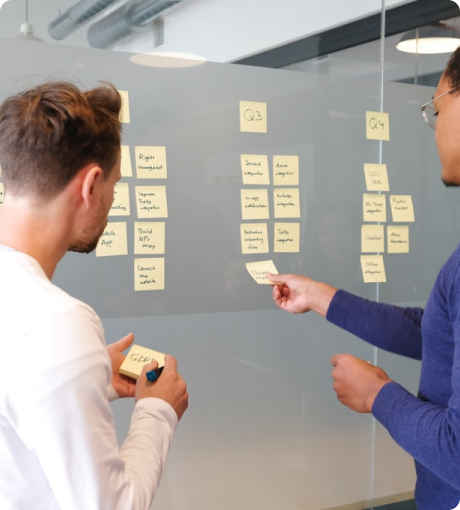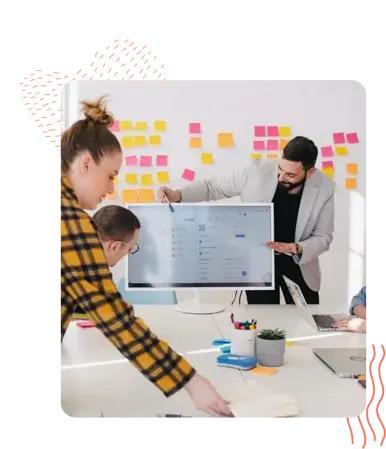Hubstart can create overall strategies to increase operational efficiency, reducing costs, and improving overall productivity.

The heart of a modern agency is its Routing Engine. Instead of tasks landing randomly in inboxes, every piece of work—from a form submission, to a phone call, to an email—is systematically handled.
This system ensures work is done correctly, consistently, and by the most cost-effective resource every single time.

You can't fix what you don't measure. Legacy metrics like "revenue per employee" are dangerously outdated because they don't account for the power of automation and intelligent systems. The Aegis Protocol installs a modern dashboard to track what truly matters:
We make your agency's performance visible, so you can manage by the numbers, not by gut feeling.
Beyond the engine and the metrics, the protocol is guided by powerful operational models:
